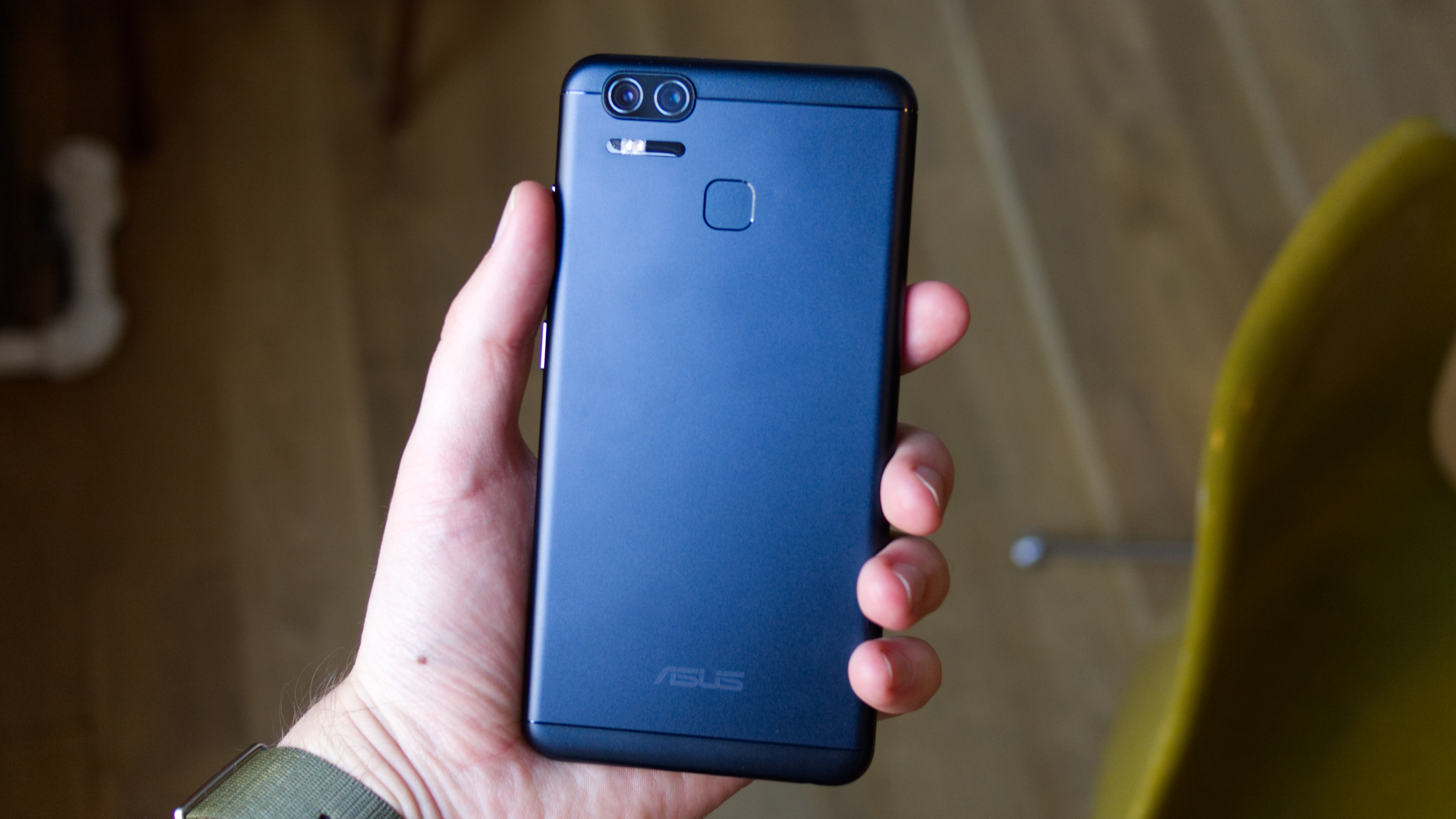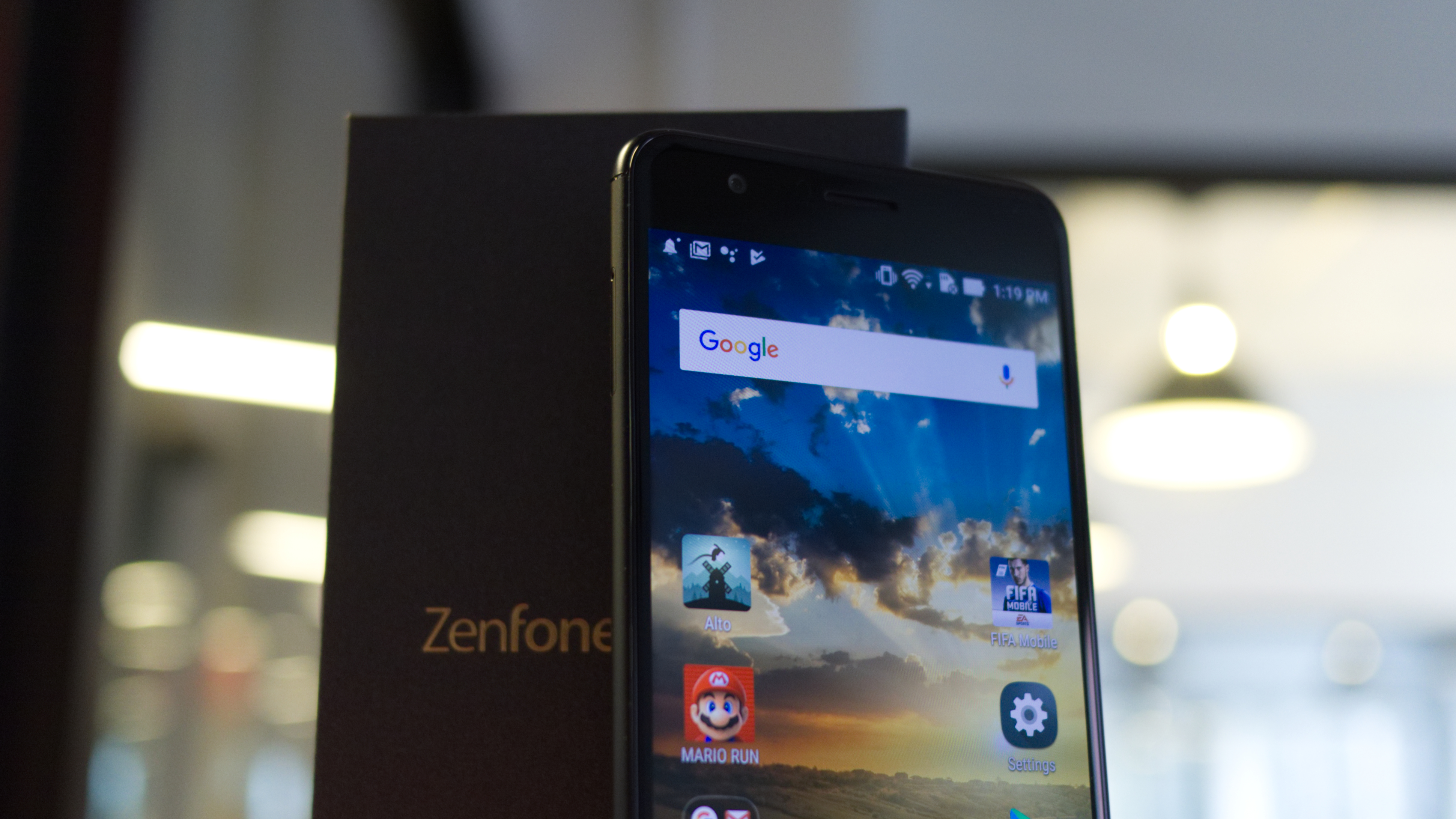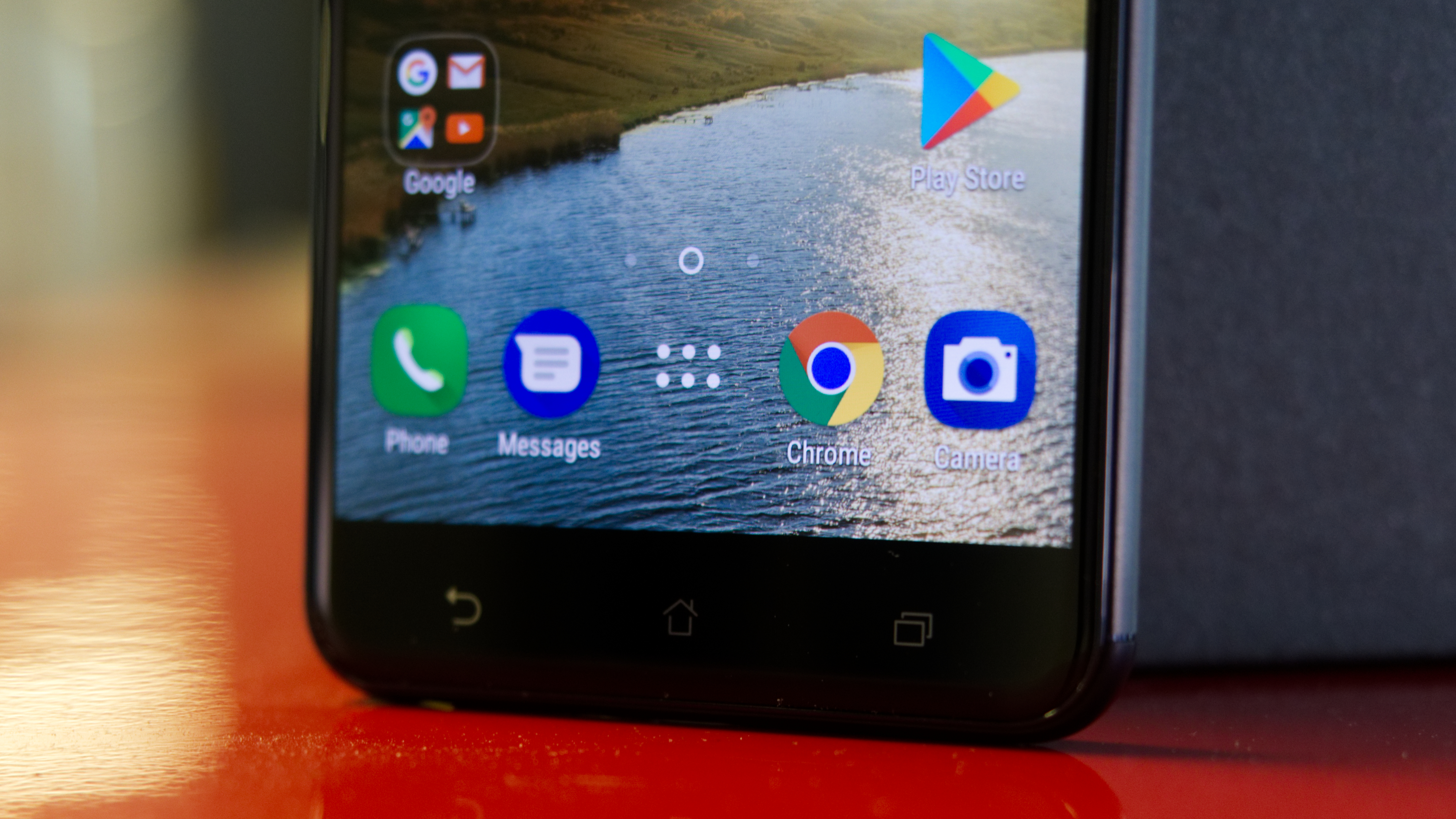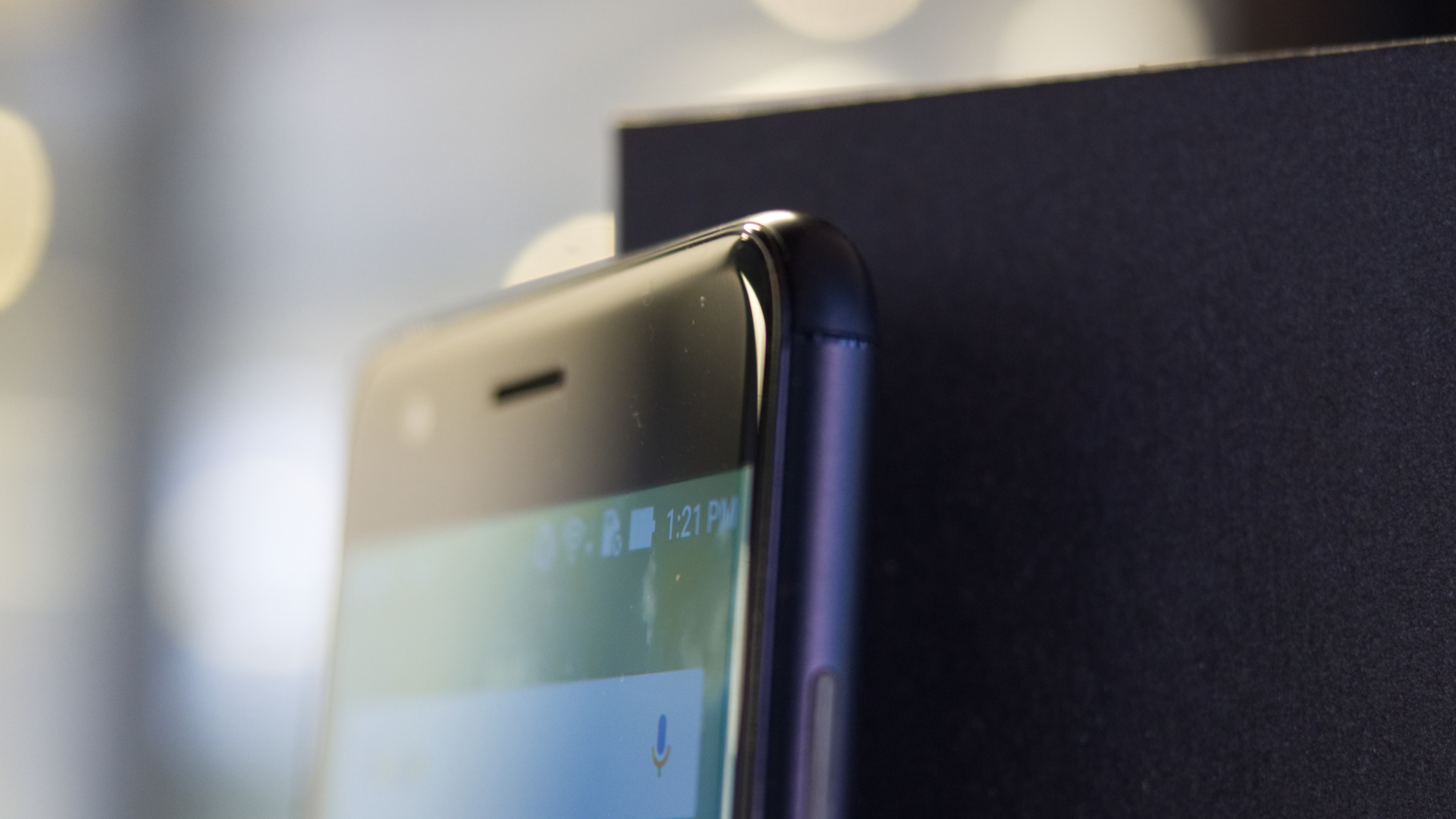TechRadar Verdict
The Zenfone 3 Zoom brings high-end camera features to the mid-tier with somewhat mixed results, pairing it with an incredibly competent design and packed feature set. This is one of the best values available in 2017.
Pros
- +
Killer value
- +
Excellent battery life
- +
Capable camera
- +
Colossal improvement over its predecessor
Cons
- -
ZenUI not ideal for some
- -
Camera doesn’t produce best-in-class results
- -
Awkward gap between glass and metal frame
Why you can trust TechRadar
A picture is worth a thousand words. So, a phone that claims to be the choice smartphone for taking detail-packed photos without costing a fortune is worth at least as many, wouldn’t you say?
The Asus Zenfone 3 Zoom is the company’s latest attempt at bringing “forget about your DSLR” camera optics to the mid-range smartphone market. And just like any phone should, it succeeds in many places where last year’s model faltered.
Asus’ offering feels more premium than phones at its $329 price range and even some more expensive options. And it’s not just its looks that have it ahead of the pack, it stuffs in a surprising amount of tech, too. In addition to a competent chipset that can handle most of what you throw at it, it boasts a huge 5,000mAh battery that puts two-day battery life well within reach.
For the most part, the Zenfone 3 Zoom lives up to its camera-centric name. While slightly reduced in its optical zoom ability from the Asus Zenfone Zoom’s 3x to 2.3x, it’s still more than you’ll get with most phones out there. Plus, the original phone’s enormous camera bump is now completely gone and the aperture values have improved to f/1.7 from f/2.4, so low-light photos look even better.
While it loses the slick spun metal look of Asus’ current Zen lineup of products, the brushed metal design suits this phone and makes it look like more of an iPhone competitor than the Asus Zenfone 3 Deluxe. And depending on who you ask, this is a good thing or a bad thing.
Neither changes the fact that this phone, while just above the budget mark, is one that folks of all income levels should pay close attention to if value and having oodles of camera modes at disposal are important to you.

Asus Zenfone 3 Zoom price and release date
- Out now in the US for $329, may release globally with a different name
- Unlocked for AT&T, T-Mobile and other GSM networks
Asus looks to be following in the successful footsteps of Moto and other companies with an accessible price point and wide availability for its unlocked phone. Starting at $329 (about £255, AU$442), you can snag it now from a variety of online sources including Asus’ own store, Amazon, Newegg, Best Buy and other retailers.
It’s important to consider that while this phone is unlocked, it will only work with GSM networks, like AT&T, T-Mobile, Straight Talk, MetroPCS and Cricket, among others. Verizon, Sprint and US Cellular customers will have to look for a different phone.
If you live outside of the US, it’s still unclear if it will ever make it to your region. However, it may arrive (or has already arrived) under a different name, “Asus Zenfone Zoom S”. We’re seeing that this model is currently available in Indonesia, but we’ll keep an eye on its movement elsewhere.

Design
- Streamlined design is miles ahead of the original Zoom
- Suffers from copycat syndrome, but looks stunning for the price
- Gorilla Glass 5 brings added resilience to this mid-tier phone
- Gap between screen and chassis is really the only downside in design
The Asus Zenfone 3 Zoom really couldn’t be more different from its predecessor. Both inside and out, this model went under the microscope and came away all the better for it.
While the original focused on somewhat gaudy, standout details like a faux leather back and the spun metal detailing on its front, the phone rids itself of almost any identifiable feature. It’s stripped down, simple and clean. There will be people who are looking for a bit more of an identity here, but coming off of last year’s phone, this is definitely a step in the right direction.
The front of this phone features a stunning 5.5-inch AMOLED display covered in a slightly curved panel of Gorilla Glass 5. For the low price of this phone, the combination of a high-quality screen, slim bezels and high-end protection are unexpected, but nevertheless welcome additions on the design front.

Other than the three capacitive buttons used for navigation, everything else is standard fare with the LED notification and front-facing camera flanking its earpiece. The outside edges of the phone are smooth and rounded, giving the phone a premium feel, albeit a slightly slippery one in the hand. Thankfully, it comes with a case in the box, so protecting your investment couldn’t be any simpler.
A look around the phones perimeter reveals plastic power and volume rocker buttons with a slick, spun metal design. On the phone’s bottom, there’s a USB-C port, the always-appreciated headphone jack and a single speaker. It’s about all you need on a modern phone.

Flagship phone makers like to brag about their seamless transitions of materials, and while this one has its share of high caliber design touches, it’s impossible to ignore that its glass-covered screen juts out a bit more than other devices. However, it’s a small hiccup on the grand scale of Asus’ greater successes here.
Around its back, the Zenfone 3 Zoom balances plastic and metal to showcase its cameras and fingerprint sensor. Understandably, plastic is used on its corners, which will take a beating a bit better than metal if you drop the phone. Near its top is the compact dual lens camera setup with a flash and laser focus parallel to its bottom. Thankfully, the fingerprint sensor is intuitive to reach, unlike the one found on the Samsung Galaxy S8. It’s easy to find and better yet, it’s really fast at recognizing your print.
Cameron is a writer at The Verge, focused on reviews, deals coverage, and news. He wrote for magazines and websites such as The Verge, TechRadar, Practical Photoshop, Polygon, Eater and Al Bawaba.

